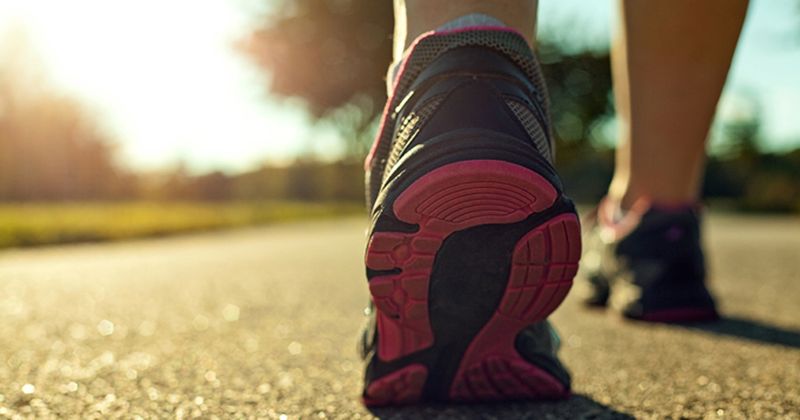Replacing sedentary time with light activity tied to less adiposity in Black Caribbean men
Engaging in light physical activity in lieu of sedentary time may help Black Caribbean men to reduce their adiposity, according to study results published in Obesity.


“Current physical activity recommendations focus their guidelines on moderate to vigorous physical activity. Our findings illustrate the potential importance of also promoting light-intensity physical activity,” Megan M. Marron, PhD, and Iva Miljkovic, MD, PhD, FAHA, from the department of epidemiology at the School of Public Health at the University of Pittsburgh, told Healio. “Having certain patient populations (e.g., older adults) focus on increasing light-intensity physical activity may be more tolerable and less demanding than high intensity physical activity, thereby making them easier to sustain or accumulate over longer durations.”

Researchers categorized objectively assessed physical activity performed by 271 Black Caribbean men (mean age, 63 years) from the Tobago Health Study as sedentary (< 1.5 metabolic equivalents [METs]), light (1.5-3 METs) or moderate to vigorous ( 3 METs) using the SenseWear Pro armband. Using CT scans of the chest, abdomen, liver and thigh, researchers evaluated subcutaneous and ectopic adipose tissue. The researchers used the isotemporal substitution framework to model activity levels and sedentary time.
The mean activity levels among these Black Caribbean men were 11.2 hours per day of sedentary behavior, 4.5 hours per day of light activity and 54 minutes per day of moderate to vigorous activity.
Researchers observed a cross-sectional association between lower volume and higher density of abdominal and thigh subcutaneous adiposity, visceral adiposity, abdominal and thigh intermuscular adiposity and pericardial adiposity and higher liver attenuation when sedentary time was replaced with light physical activity (P < .0001 for all). In addition, replacing sedentary time with light activity was also associated with lower BMI (P < .0001).
The researchers suggested that promoting light physical activity along with moderate to vigorous physical activity may lead adults to be more active because light activity may be more feasible and easier to maintain, especially for older adults.
Marron and Miljkovic said the lack of association between moderate to vigorous intensity activity and adipose tissue depots in this cohort may be due to the small amount of time participants spent doing such physical activity. It is likely researchers did not have enough data on moderate to vigorous physical activity intensity to detect significant associations with adiposity.
“Future cohorts with more variability in physical activity intensity will be needed to further explore the relationship between moderate to vigorous intensity physical activity and adipose tissue depots. In addition, interventions that are focused on increasing light-intensity physical activity throughout the day among middle aged to older adult populations will be needed to determine its success at reducing harmful ectopic adiposity,” Marron and Miljkovic said. “Future research will also be needed to determine whether a lower intensity physical activity intervention is easier to adhere to and maintain over time once the intervention is over and determine whether the greater ability to maintain a lower-intensity intervention results in a more successful intervention overall at reducing harmful ectopic adiposity in the long-term when compared to a higher intensity intervention.”
For more information:
Megan M. Marron, PhD, can be reached at mmm133@pitt.edu.
Iva Miljkavic, MD, PhD, FAHA, can be reached at miljkovici@edc.pitt.edu.
